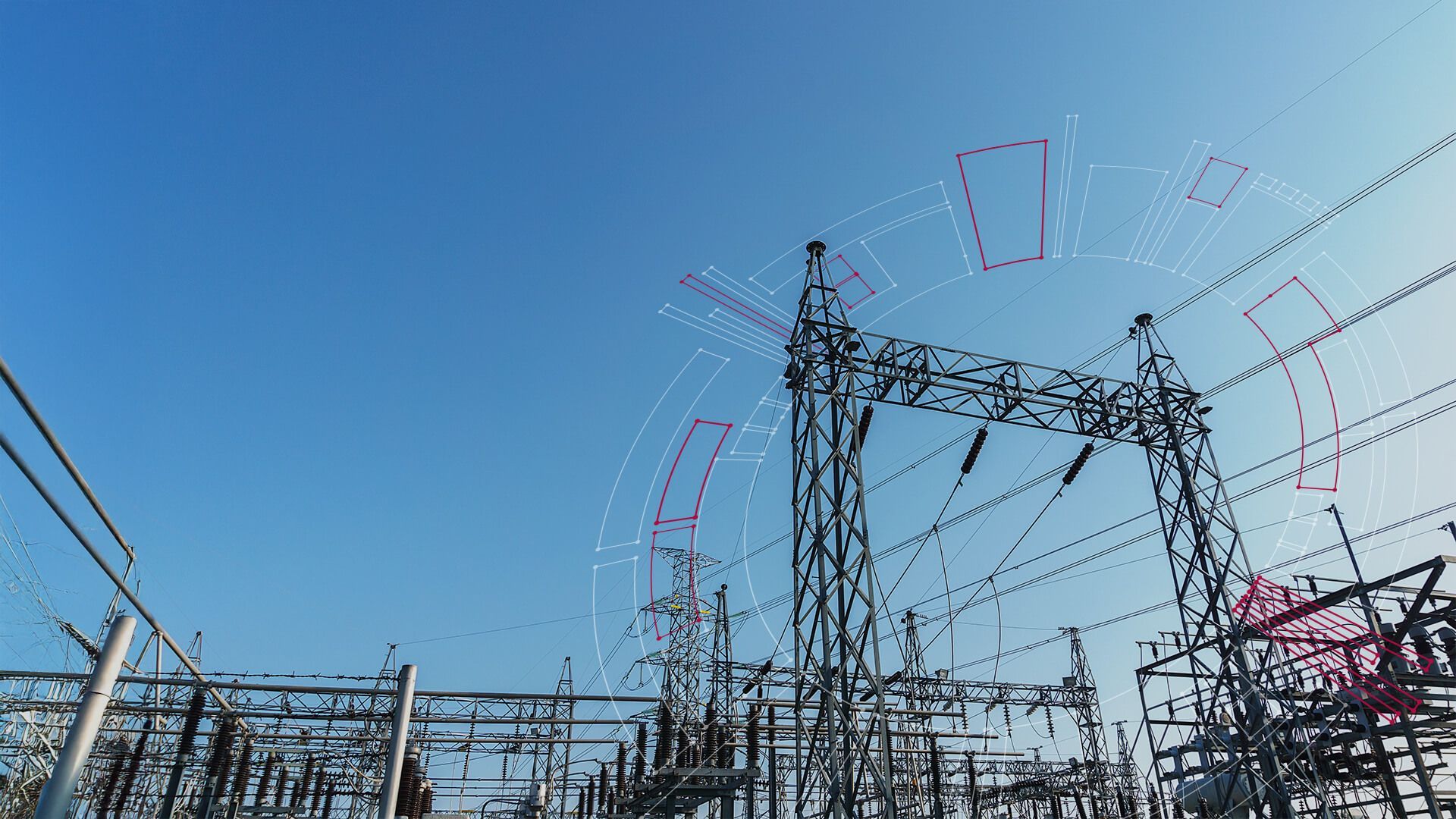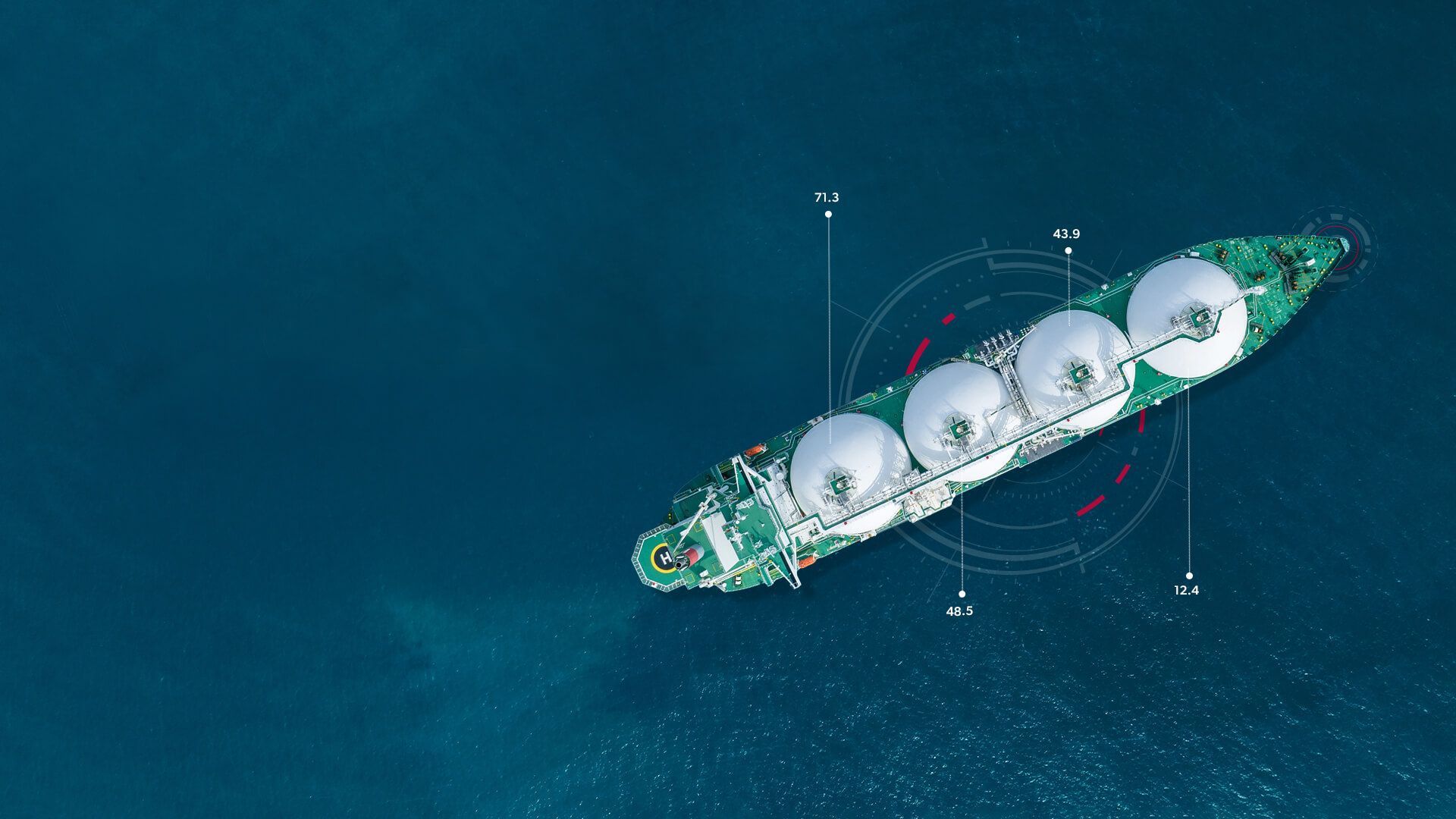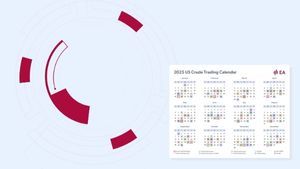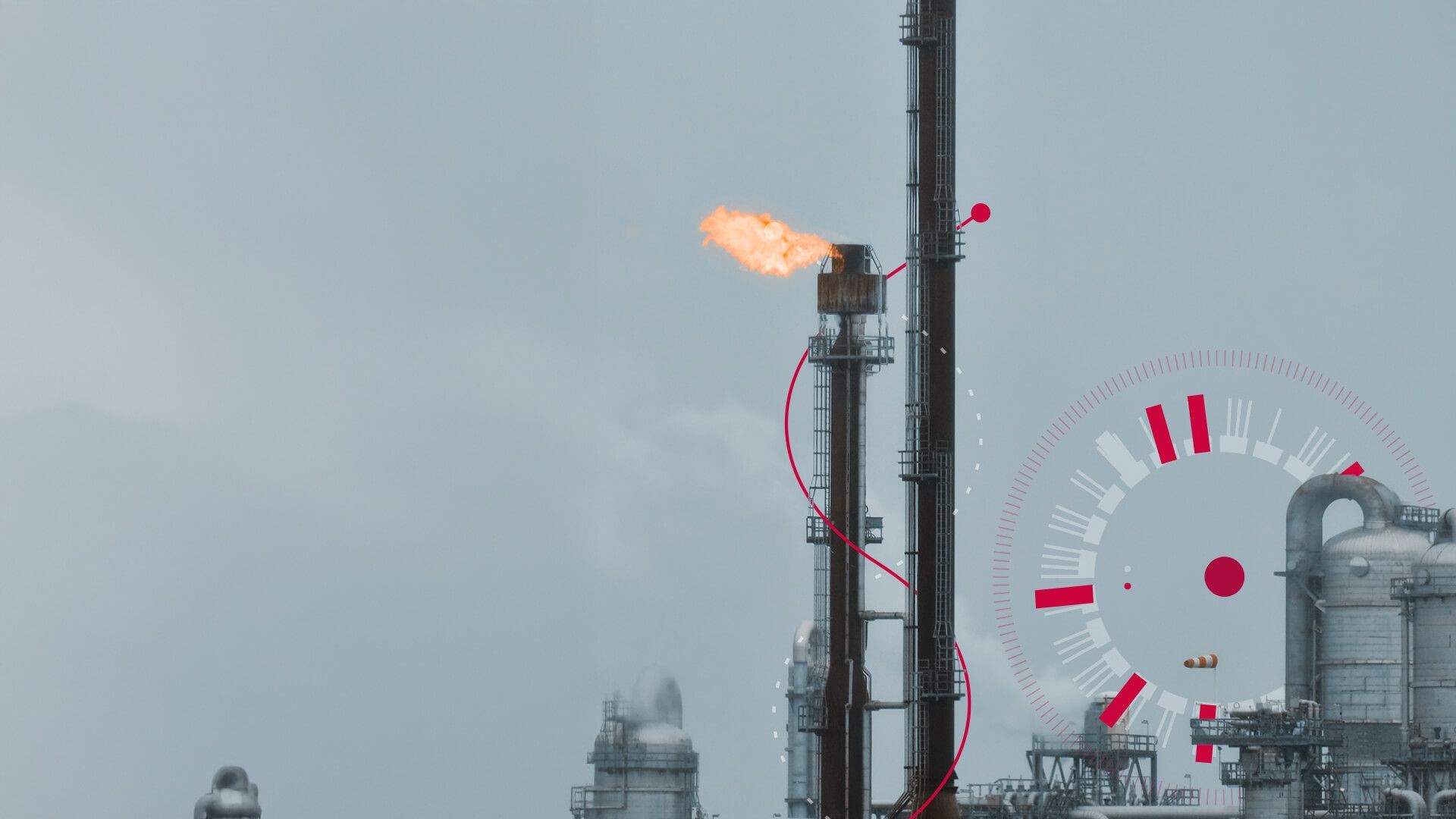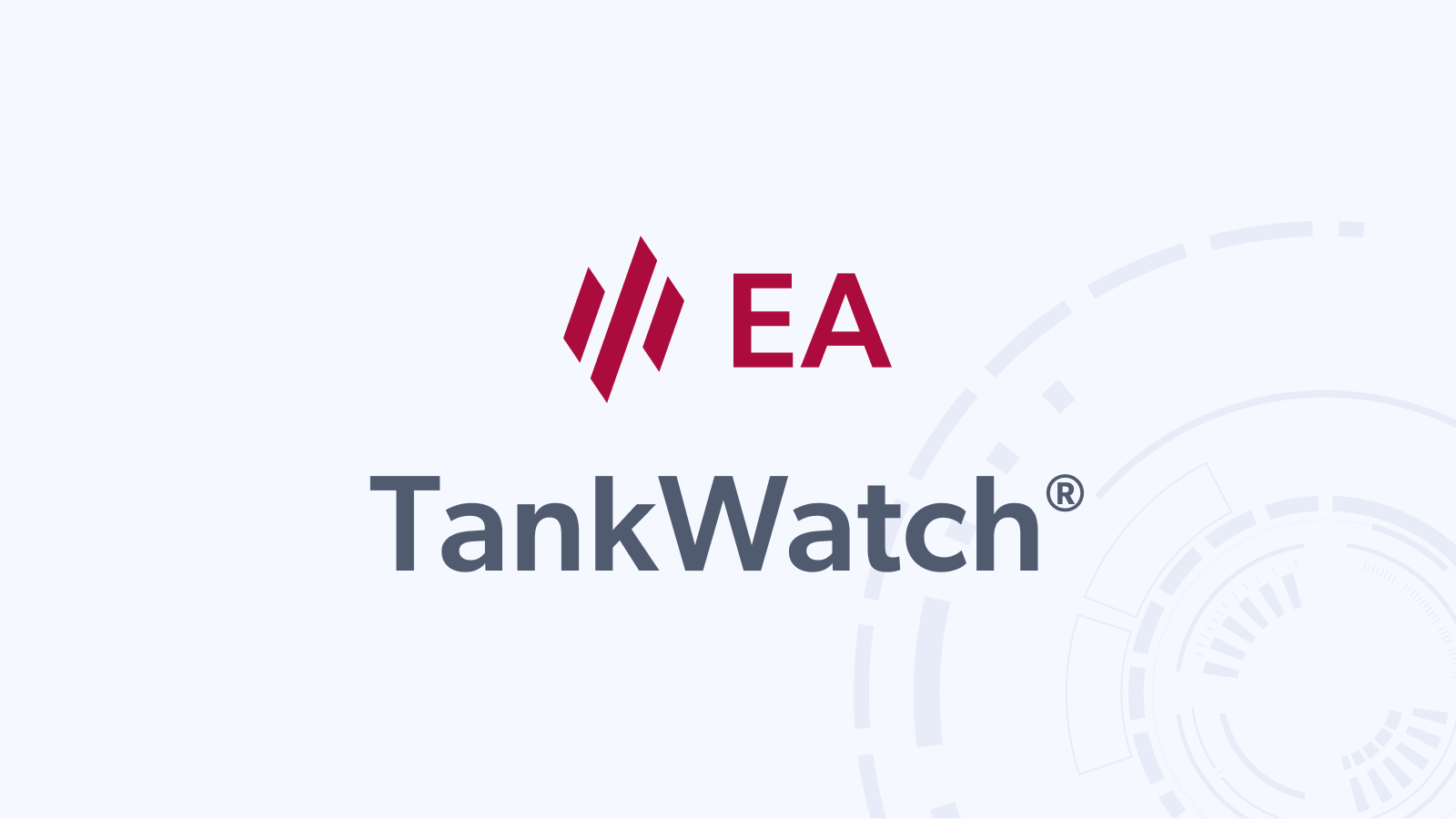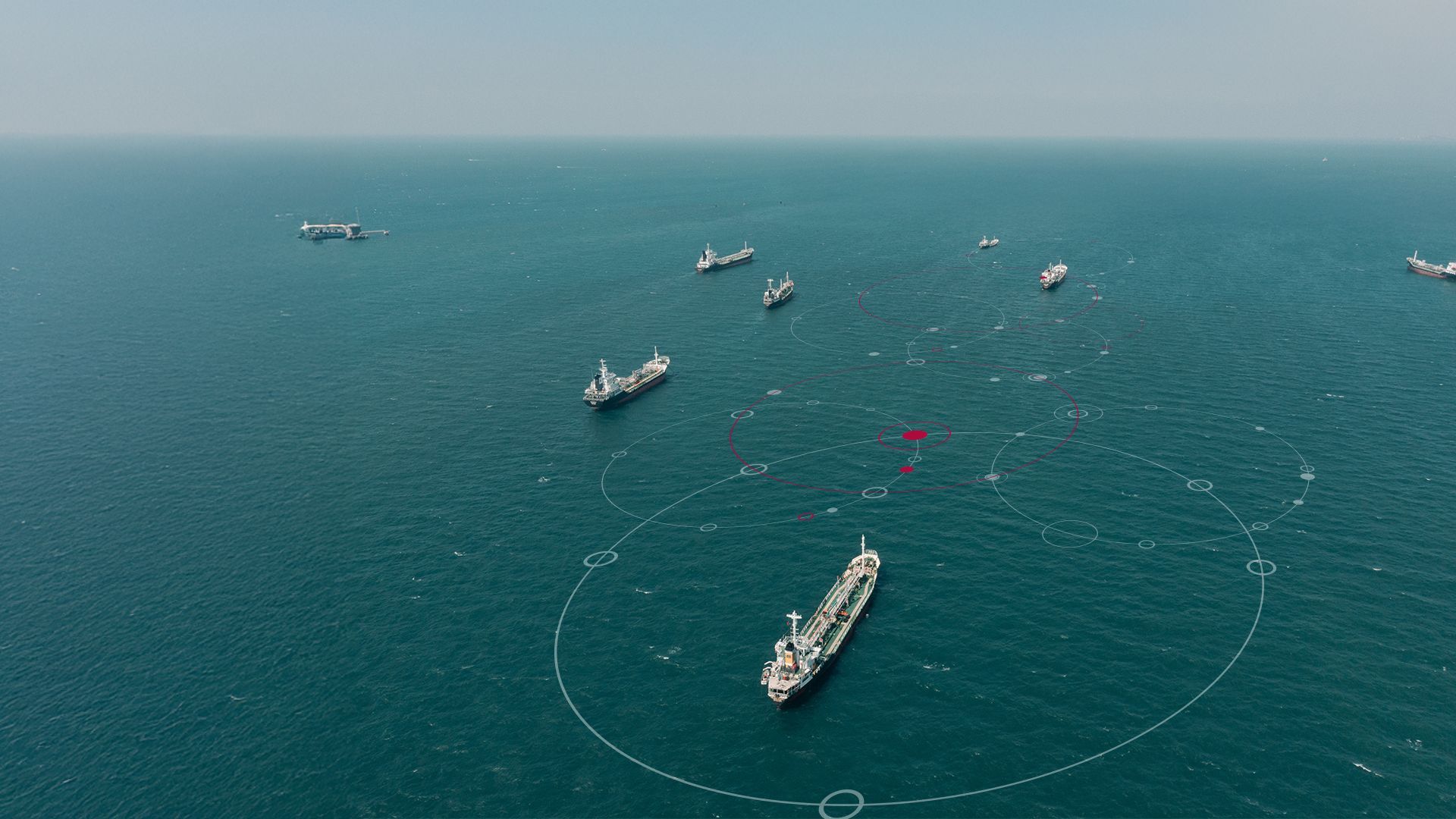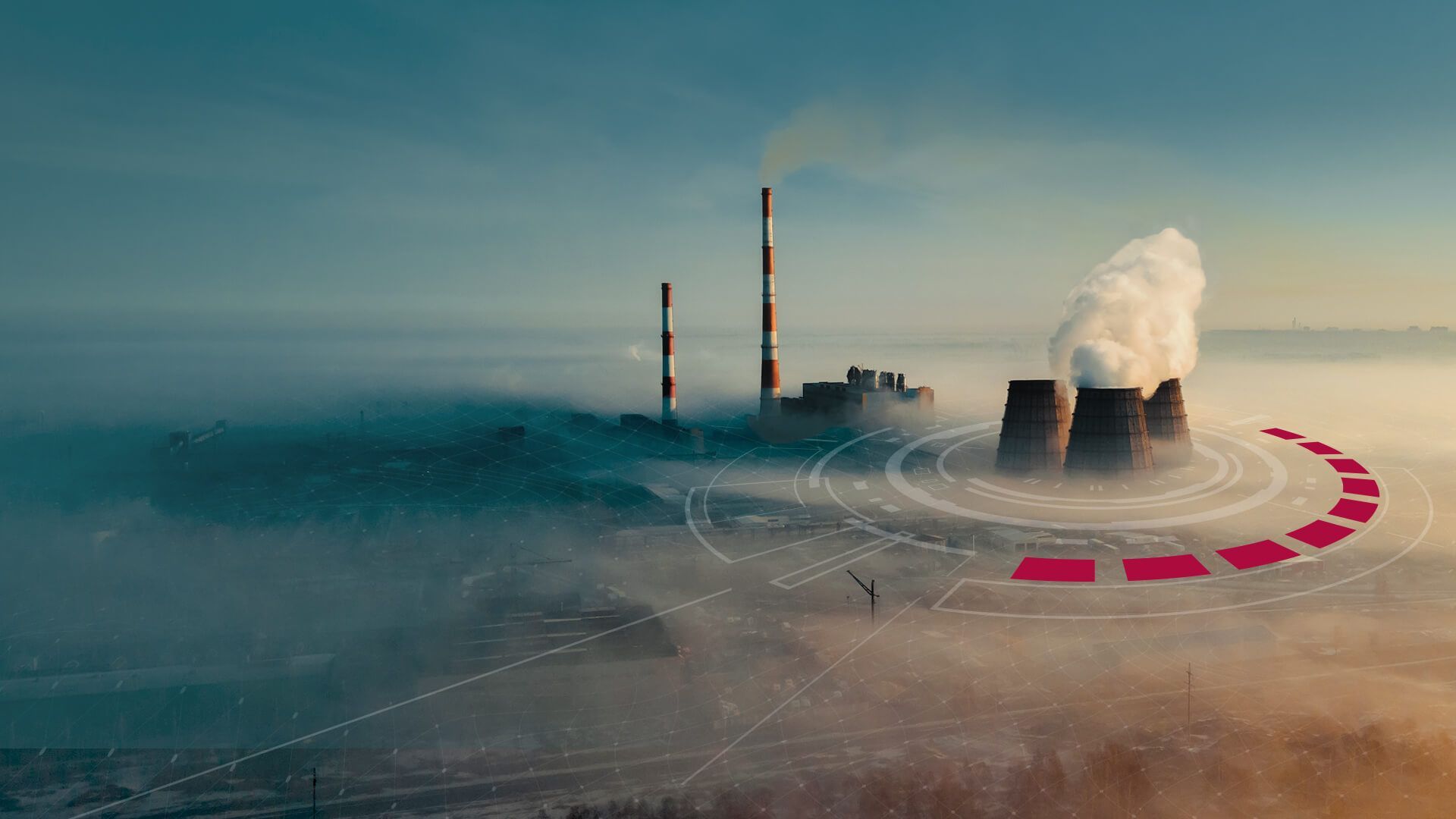Energy market insights and news
The latest energy and commodities market news, views and insights from our experts

December 16, 2025
Previously released for Energy Aspects subscribers, EA Founder and Director of Market Intelligence Dr Amrita Sen sits down with John Normand, Head of Investment Strategy at AustralianSuper. They discuss: John does not expect a US recession, rather he sees a compression story where RoR of investing in the US is more comparable to other countries. Fund continuing to diversify away from Australian assets, inherently exposed to China; John believes China is going through one of the world's most significant growth compressions in last 50 years. Without government intervention to actively buy the excess properties in the market, there is no case to be overweight China structurally. John still believes risk assets will outperform safe havens, but by less than previously as earnings growth will no longer be above trend. A ceiling on growth also constrains multiples. Energy transition a key topic in the fund; Amrita notes clear headwinds for Chinese growth, but another supercycle cannot be ruled out given weak upstream/downstream investment. Podcast recorded on 11 June 2025.

November 19, 2025
What was covered in the webinar: An introduction to Energy Aspects’ Alternative Data suite and the integration of data scientists with analysts to enhance market insights. An overview of LNG market developments , including the upcoming supply wave and the importance of tracking LNG trains individually for accurate market analysis. Explanation of proprietary construction monitor curves and their role in revising supply balances and identifying project delays, with examples of client demand for these as standalone products. Details on the construction monitor dataset , which tracks projects through to mechanical completion and provides both historical and under-construction asset data. Insights into the expansion of alternative data use cases, particularly for understanding gas demand and broader energy market trends. Webinar recorded on 18 November 2025.







